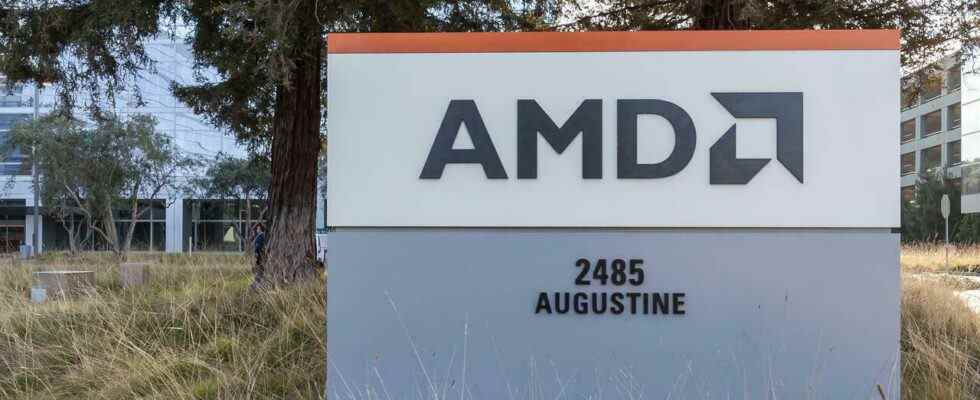AMD, one of the influential chip manufacturers in the market for a long time, wants to secure its place by spending most of its income on the investment budget after regaining the market share it once lost to Intel.
In addition to the new generation laptop and desktop platform processors it has recently introduced, AMD also stands out with its mobile GPU and chip collaborations with companies such as Samsung. So, what does this investment that the company made by spending a fortune of 700 billion TL ($50 billion) mean? Here are the details…
AMD buys Xilinx after 16 months
Both companies are expected to announce the acquisition on February 14 or other weekdays, as the mandatory Hart-Scott-Rodino (HSR) Act waiting period in the US is coming to an end. Of course, the process is not yet over. But AMD is making an effort to complete the transactions as soon as possible.

Last month, U.S. regulatory authorities reviewed the deal, while Chinese regulatory approvals were granted. Of course, some resistance from the US side was expected. But the process took a very short time. In fact, the waiting period ended on February 9.
Of course, AMD started its acquisition of Xilinx 16 months ago. Of course, when this event was announced to the public, the market value of the relevant company was 35 billion dollars. However, after almost 1.5 years, Xilinx’s market value increased by 51 percent and reached the level of 53 billion dollars with an increase of 18 billion dollars. Therefore, AMD has sacrificed approximately 700 billion TL for this purchase.

AMD is known for its CPUs and GPUs, while Xilinx specializes in a type of semiconductor called FPGAs. Once the deal expires, AMD and Xilinx will consolidate their respective product portfolios to offer customers CPUs, GPUs, FPGAs and adaptive SoCs.
Unlike other semiconductors, FPGAs are replaceable even after they are deployed. This allows them to be quite versatile, although they are often slower than GPUs or CPUs. By acquiring Xilinx, AMD will be able to expand its business across industries such as data centers, gaming and PCs, as well as communications, automotive, industrial, aerospace and defense.
What do you think about this subject? Don’t forget to share your feedback with us on the SDN Forum or in the comments!
